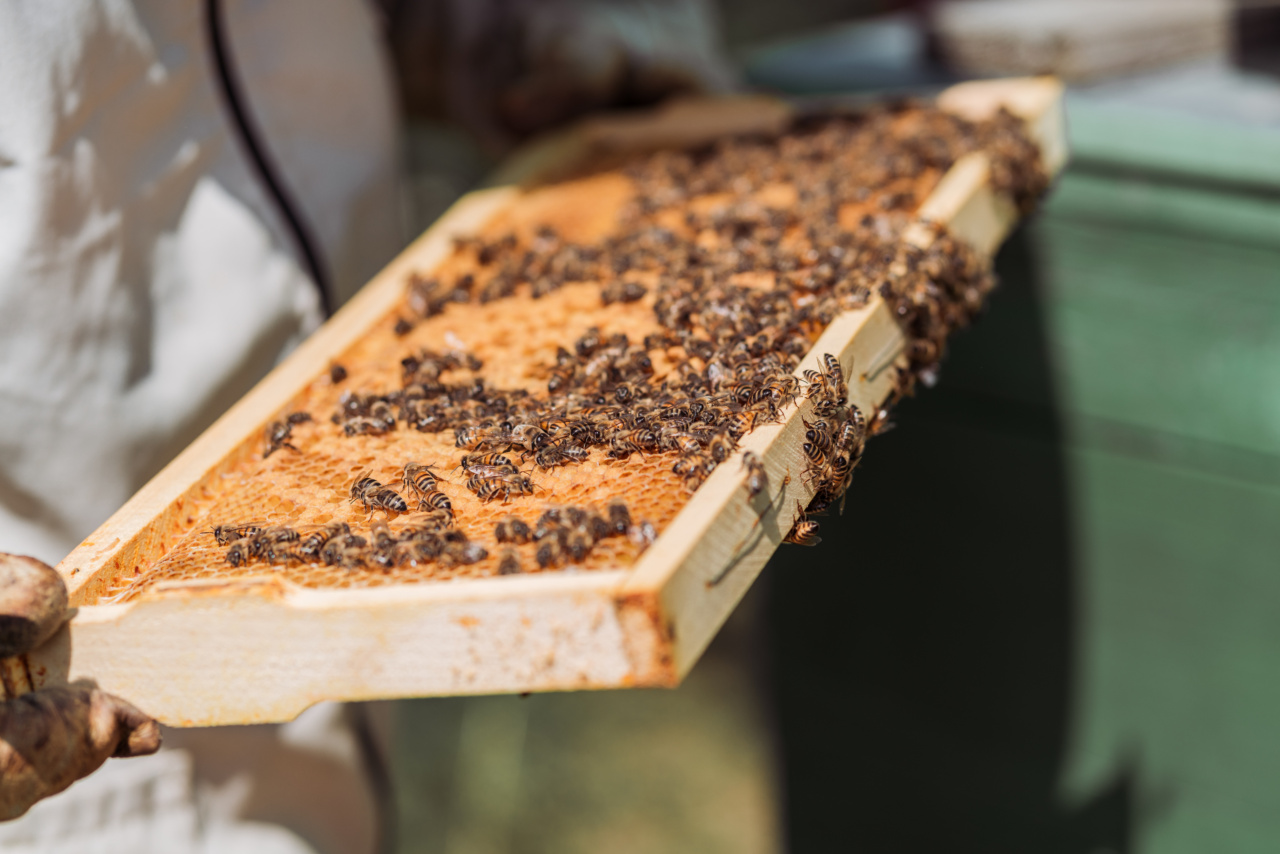Iron deficiency anemia is a common condition that occurs when your body doesn’t have enough iron to produce adequate red blood cells.
This can lead to fatigue, weakness, and a variety of other symptoms that can significantly impact your quality of life. While iron supplements and dietary changes are commonly recommended treatments, there is another sweet solution that has been gaining attention for its potential benefits – honey.
The Nutritional Content of Honey
Honey is a natural sweetener that has been consumed by humans for thousands of years. It is not only delicious but also rich in various nutrients.
While the exact nutritional composition can vary depending on the type of honey, most varieties contain small amounts of essential minerals, including iron.
In addition to iron, honey is also a source of other important nutrients that are essential for healthy blood production, such as folate and vitamin C.
These nutrients work together to enhance iron absorption in the body, maximizing its effectiveness in combating iron deficiency anemia.
Honey and Iron Absorption
Iron from plant-based sources, such as fruits, vegetables, and grains, is not as readily absorbed by the body compared to iron from animal-based sources. This is because plant-based iron is in the non-heme form, which is less easily absorbed.
However, consuming foods that are rich in vitamin C alongside non-heme iron can significantly enhance its absorption.
Honey contains a good amount of vitamin C and when consumed with iron-rich foods, it acts as a natural enhancer, promoting the absorption of heme and non-heme iron by the body.
This makes honey an ideal addition to meals and snacks for individuals with iron deficiency anemia.
Choosing the Right Honey
When it comes to choosing honey for its iron-boosting benefits, not all varieties are created equal. It’s essential to opt for raw or unprocessed honey, as these types retain a higher nutrient content compared to commercially processed options.
Raw honey is not only free from additives but also contains bee pollen, enzymes, and antioxidants that can further support overall health.
While any raw honey can provide some benefits, certain types may offer extra advantages due to their higher iron content. Darker varieties, such as buckwheat or manuka honey, usually have higher levels of iron.
However, keep in mind that the primary focus should be on incorporating honey as a part of a well-rounded diet that includes a variety of iron-rich foods.
Delicious Ways to Enjoy Honey for Iron Deficiency Anemia
There are countless ways to incorporate honey into your diet to help combat iron deficiency anemia. Here are some delicious ideas to get you started:.
1. Honey-Sweetened Breakfast Cereals
Add a drizzle of honey to your favorite iron-rich breakfast cereals, such as fortified oatmeal or bran flakes. This not only enhances the flavor but also provides an extra iron boost.
2. Honey and Nut Butter Toast
Spread a layer of your favorite nut butter, such as almond or peanut butter, on whole grain toast. Drizzle some honey on top for a naturally sweet and iron-packed breakfast or snack.
3. Honey-Glazed Roasted Vegetables
Toss your favorite iron-rich vegetables like spinach, broccoli, or asparagus with a mixture of honey, olive oil, and your preferred seasonings. Roast them in the oven until tender for a sweet and savory side dish.
4. Honey-Sweetened Smoothies
Add a spoonful of honey to your favorite fruit and vegetable smoothies. This not only enhances the taste but also provides an extra nutritional boost, thanks to honey’s iron-enhancing properties.
5. Honey-Marinated Grilled Meats
If you consume animal-based foods as a source of iron, incorporating honey into marinades for grilled meats, such as chicken or pork, can add a delightful sweetness while boosting iron absorption.
6. Herbal Honey Infusions
Steep herbs with iron-boosting properties, such as nettle or red raspberry leaf, in honey. Use this herbal honey to sweeten your teas or drizzle it over yogurt or desserts for added flavor and potential iron benefits.
7. Honey-Sweetened Baked Goods
Replace refined sugars with honey in your favorite baked goods, such as cookies or muffins. This not only increases the nutrient content but also adds a touch of natural sweetness.
8. Honey and Lemon Water
Add a teaspoon of honey to a glass of warm water with freshly squeezed lemon juice. This refreshing drink not only hydrates but also provides a boost of vitamin C to enhance iron absorption.
9. Honey as a Salad Dressing
Mix honey with a splash of olive oil, vinegar, and your preferred seasonings to create a nutritious and delicious salad dressing. Drizzle it over iron-rich greens, such as spinach or kale.
10. Honey-Sweetened Yogurt Parfait
Layer Greek yogurt, fresh fruits, and a drizzle of honey for a nutritious and satisfying snack or dessert. This simple yet delicious treat provides a combination of vital nutrients, including iron and vitamin C.
Conclusion
Honey can be a sweet solution for individuals struggling with iron deficiency anemia. With its natural iron content and ability to enhance iron absorption, honey is a valuable addition to a well-balanced diet.
Whether enjoyed as a topping, a marinade, or a natural sweetener in various recipes, honey adds both flavor and potential health benefits. So, why not take advantage of its power by incorporating it into your meals and snacks to combat iron deficiency anemia naturally?.





























